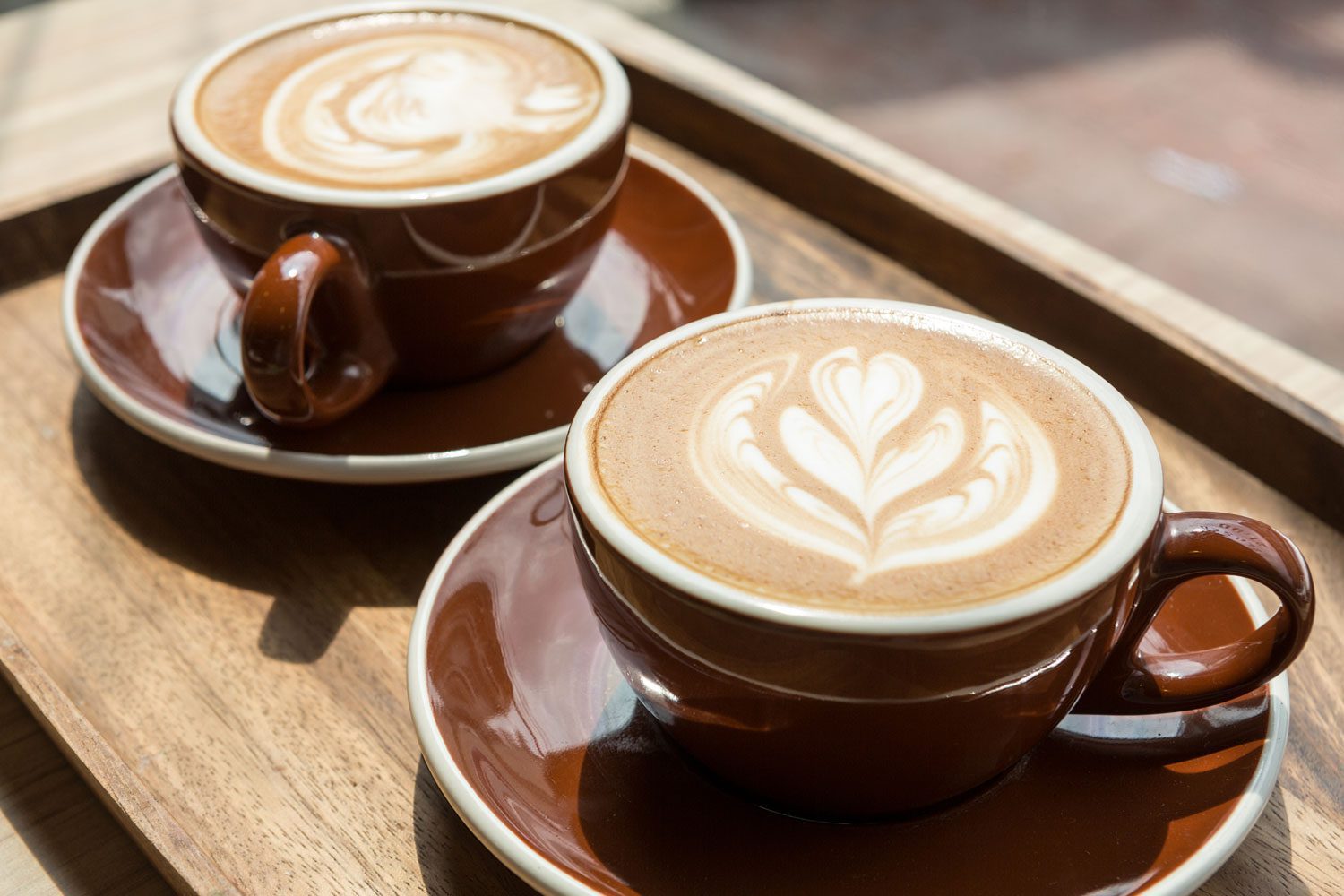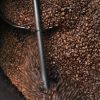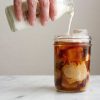A blog for the coffee lovers
Welcome to the PureBean Blog. Stay updated with our latest news & information.

What’s the difference between a Latte and a Flat White? 8 coffee questions you were too embarrassed to ask
You might be a self-confessed coffee lover who enjoys a cup daily, but is there a question you have always wondered about but were too embarrassed to ask? Don’t worry, because you’re not alone. Even the biggest coffee drinkers will get tripped up.
1. WHAT’S AN ESPRESSO?
The espresso is essentially the building block for most of our favourite coffee variations, but not many will be aware of its actual definition, which comes from how it’s prepared. Meaning “pressed” in Italian, an espresso is made by forcing hot water through finely ground coffee at a high pressure, which produces a thick coffee, with a creamy foam film.
2. THE DIFFERENCE BETWEEN A LATTE, CAPPUCCINO AND FLAT WHITE
They’re all a combination of espresso coffee and milk, but the preparation creates three very different beverages. When it comes to a Latte and Cappuccino, both are made with espresso, but contain different amounts of steamed milk and foam. A Cappuccino, is more foam, less milk, giving it a drier flavour, while the creamier Latte only has a little foam.
A Flat White is prepared with microfoam, steamed milk with fine bubbles, which creates a velvety consistency. It also has a higher proportion of coffee to milk, with no froth.
3. THE BEST WAY TO STORE COFFEE, FRIDGE OR CUPBOARD?
When it comes to storing your coffee, keeping it in a cooler area will keep it fresher for longer, so many opt for an airtight container in a cupboard that’s away from natural light.
Some people prefer storing the beans in the fridge as they believe this keeps them fresher for longer, but it can also dry out the essential oils. Cooled beans are also prone to absorbing the flavours of the food around them, which could produce some funny tasting coffee.
4. WHEN SHOULD YOU THROW AWAY COFFEE?
Roasted coffee has a longer shelf-life than raw coffee. Roasted Coffee, which can last up to a year if stored correctly and on average will peak four weeks after the roast. After this period the aroma of the beans will have been reduced by light and heat, losing their flavour.
5. WHAT’S THE DIFFERENCE BETWEEN ARABICA AND ROBUSTA BEANS?
Arabica and Robusta are the two main species of coffee bean used in the world. The more popular by far is the Arabica, which makes up for 70% of the world’s consumption. Hailing from Latin America, it has a sweeter, softer taste than the Robusta bean, which produces a harsher, stronger flavour.
Robusta, commonly grown in Africa and Indonesia, can grow at a lower altitude than Robusta and produces raw coffee fruit faster and in more abundance than the more popular Arabica. It also has twice as much caffeine, which is useful to know if you’re looking for an energy boost.
6. DOES IT ACTUALLY MATTER WHICH MILK I USE?
Ask most coffee aficionados and they would give a resounding yes to that question. What milk you use can seriously affect the overall taste, texture and body of your coffee – pick wrong and you could completely mess up your order. While a “skinny” order might be popular, most Baristas would agree that full-fat milk works the best with coffee.
In a Latte, the fat helps to give a richer flavour and robust body, something unachievable with skimmed milk. If you’re unsure, ask your friendly barista what they would recommend and if you really want to be considered a coffee fanatic, you can ditch the milk completely.
7. WHAT’S THE CORRECT TEMPERATURE TO SERVE COFFEE?
Having your coffee too hot is actually a thing and it’s not because you might burn your mouth. Instant coffee made with boiling hot water, has given most of us the impression that our coffee should be piping hot when we drink it, but in actual fact coffee is at its best when it’s served between 70ºC to 80ºC.
At this temperature the flavours are more easily detectable and while it might not have that warmth satisfaction, it will be a tastier cup.
8. WHAT DOES THE ‘STRENGTH’ OF COFFEE ACTUALLY MEAN?
When someone talks about having a “weak” or “strong” coffee, they’re referring to the water, coffee grounds ratio of their beverage. Many people confuse this saying for the flavour of a coffee bean or how long it was roasted for, but it’s actually the concentration of coffee grounds to water that gives it this name.





